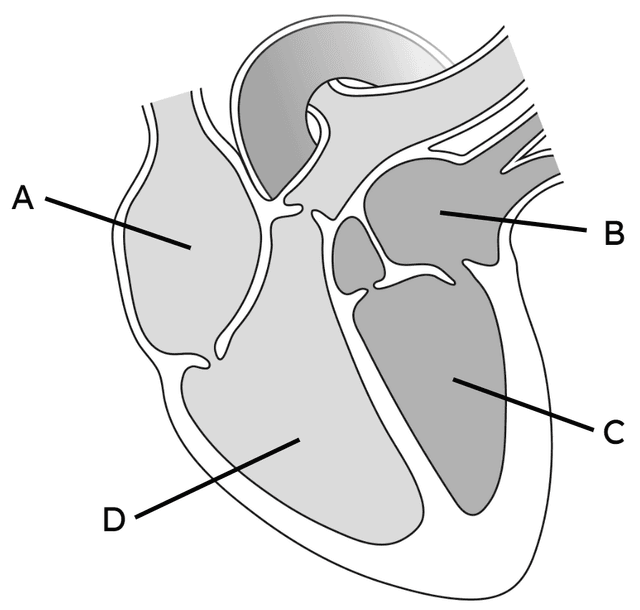

Human blood cells and blood vessels
I can describe how the structures of blood and blood vessels are adapted to their functions.


Human blood cells and blood vessels
I can describe how the structures of blood and blood vessels are adapted to their functions.
These resources will be removed by end of Summer Term 2025.
Lesson details
Key learning points
- Blood contains blood cells suspended in a fluid called plasma.
- Red blood cells transport oxygen, and have a structure adapted to carry as much oxygen as possible.
- Plasma transports water, glucose and other nutrients, and waste products including carbon dioxide and urea.
- Arteries carry blood away from the heart; capillaries carry blood to/from cells; veins carry blood back to the heart.
- Arteries, capillaries and veins have structures adapted to their functions, including different vessel walls and valves.
Keywords
Red blood cell - A blood cell that uses haemoglobin to bind and transport oxygen.
Plasma - The fluid of the blood which carries blood cells and other substances.
Artery - Large blood vessels with thicker walls which transport blood away from the heart.
Vein - Large blood vessel which transports blood towards the heart.
Capillary - Narrow blood vessel which allows exchange of substances between tissue and blood.
Common misconception
The names of the blood vessels and their functions and adaptations are often confused. Students often forget or misunderstand red blood cell adaptations too.
Both these areas are covered in detail, with clear step-by-step information given and tasks to check learning and reinforce understanding.
To help you plan your year 10 biology lesson on: Human blood cells and blood vessels, download all teaching resources for free and adapt to suit your pupils' needs...
To help you plan your year 10 biology lesson on: Human blood cells and blood vessels, download all teaching resources for free and adapt to suit your pupils' needs.
The starter quiz will activate and check your pupils' prior knowledge, with versions available both with and without answers in PDF format.
We use learning cycles to break down learning into key concepts or ideas linked to the learning outcome. Each learning cycle features explanations with checks for understanding and practice tasks with feedback. All of this is found in our slide decks, ready for you to download and edit. The practice tasks are also available as printable worksheets and some lessons have additional materials with extra material you might need for teaching the lesson.
The assessment exit quiz will test your pupils' understanding of the key learning points.
Our video is a tool for planning, showing how other teachers might teach the lesson, offering helpful tips, modelled explanations and inspiration for your own delivery in the classroom. Plus, you can set it as homework or revision for pupils and keep their learning on track by sharing an online pupil version of this lesson.
Explore more key stage 4 biology lessons from the Transport and exchange surfaces in humans unit, dive into the full secondary biology curriculum, or learn more about lesson planning.

Equipment
None
Licence
Starter quiz
6 Questions

Exit quiz
6 Questions
Artery -
blood vessel that carries blood away from the heart
Capillary -
where exchange of substances between blood and body cells takes place
Vein -
blood vessel that carries blood towards the heart

